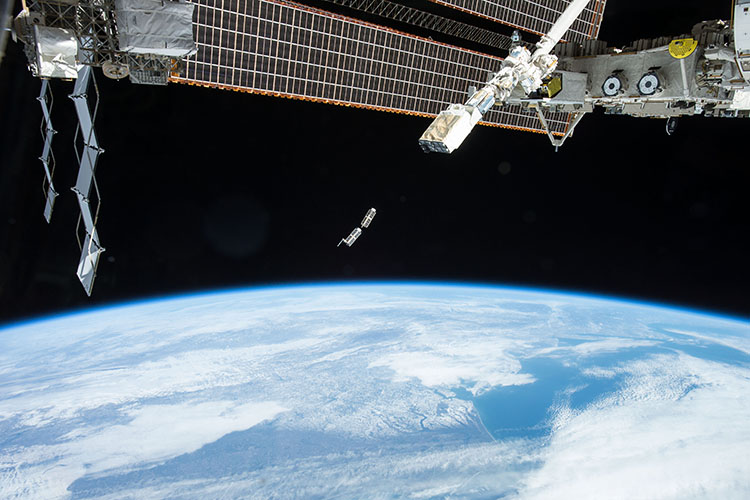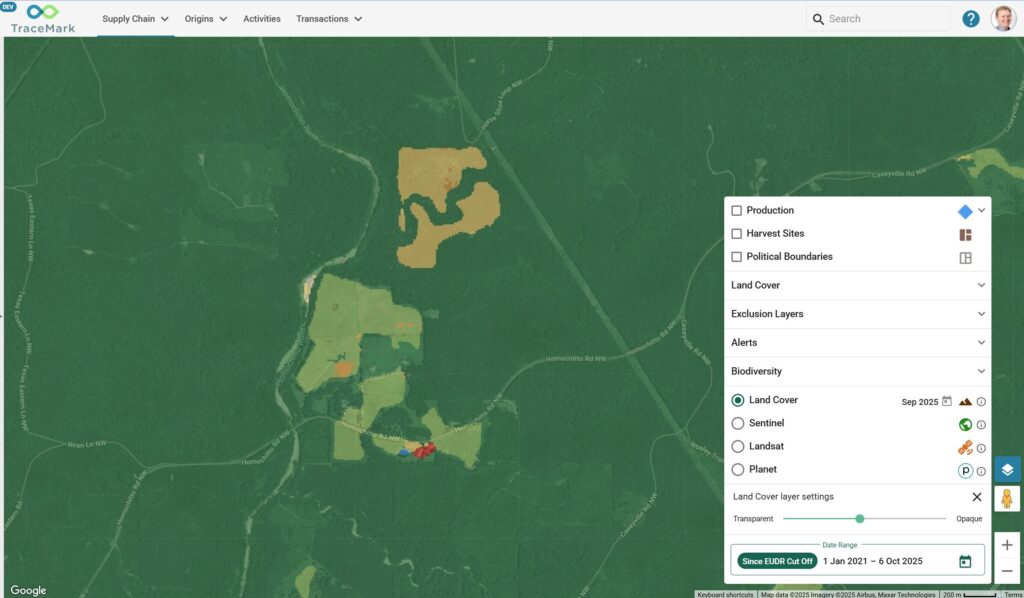Asset management made easier with spatial technology

The challenge of managing assets over a large area is made easier when you use spatial technology like location intelligence platforms and daily satellite imagery to help you detect events quickly and respond effectively.
It might be simply working out what the most efficient route is for a worker to visit a sequence of sites, or more complicated questions like whether a remote asset has been impacted by a flood or a fire event. Spatial technology gives you a first pass assessment to help inform your decision making. Getting early warning of encroachment of vegetation in areas that need to remain clear, like firebreaks or exclusion zones around high voltage electricity lines, helps you reduce the need for routine manual inspection and helps prioritise work crews covering large distances.
Daily satellite imagery
Change detection is becoming easier as satellite technology improves and up to date imagery becomes more available. Planet images the entire Earth every day to allow for change detection across large areas.
A combination of Planet satellite imagery and machine learning can help improve the quality and responsiveness of utility asset management. Planet operates the world’s largest constellation of earth-imaging satellites. What is unique about Planet is it captures daily imagery of the Earth to help discover changes that are visible, accessible and actionable for areas you care about.
Using the power of cloud computing to process satellite imagery we can detect change programmatically rather than using an operator to try and observe change manually. Machine learning allows us to detect change – for example vegetation encroachment on linear assets like pipes, poles and wires – and provide an automated alert or notification to information operations management, enabling far greater throughput and coverage, driving down costs and increasing efficiencies.
Further, the processing algorithms can be “trained” to identify particular types of features that may impact asset management like counting ships at a port, estimating the size of stock piles or identifying newly erected buildings.
Location intelligence platforms
Connecting the information you already have in asset management platforms like IBM’s Maximo platform to a mapping application can give you powerful insight into how to best tackle your asset management challenges.
CARTO is a location intelligence platform that can ingest data from various platforms and perform spatial analysis to provide answers to your asset management questions, like where the highest risk areas of your network are and where you should expect to see failures based on condition monitoring data.
Beyond the analysis provided by a platform like CARTO, when operators see a map with assets plotted on it, they are provided with context to allow them to make complex decisions. For example, when sending a maintenance team out to a remote asset, if they can also visit a nearby asset that needs inspection or maintenance, they can perform the tasks together rather than over separate trips.
At a recent event in Melbourne, NGIS Principal Consultant Oliver Looker was invited by Connect East, the operators of the toll road East Link (www.eastlink.com.au) to discuss mapping and geospatial trends and how it can be applied for asset management. The IBM Maximo user group run by Eastlink was a great opportunity to present to leading water utilities and logistics companies like Yarra Water and Coca Cola, discussing Planet and CARTO and how they can help alleviate business problems and present new opportunities for more effective asset management. Connect East currently integrates Carto and IBM Maximo to optimise management of the East Link assets, ensuring their tunnels are compliant and high performing.
To find out more about how daily satellite imagery and location intelligence platforms can be used for your assets, get in touch with NGIS.
Related Articles
Here are more related articles you may be interested in.







